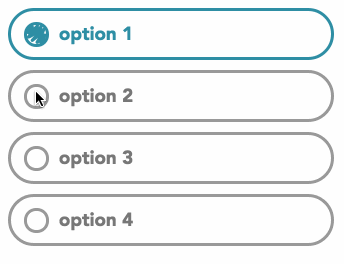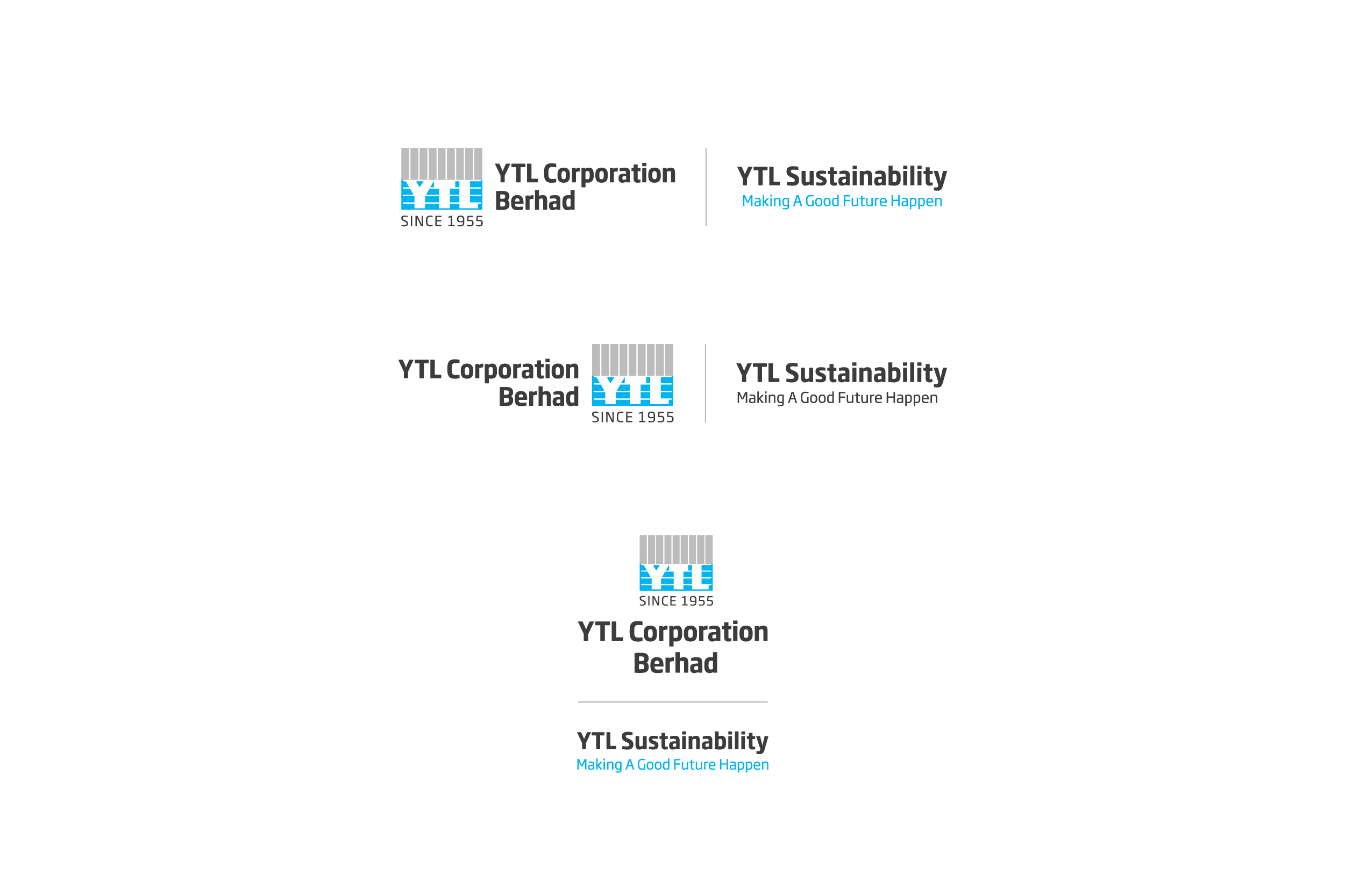by Caryl Teh
A quick note: This was written with managers in mind as the most common bad news-bearers in the workplace. But even if you’re not a manager, you’ll probably find the following advice applicable in a personal context as well.
It could be that your team can’t work from home anymore, perhaps someone has less-than-great performance reviews, maybe a project they worked on has been postponed, or there’s a change in the company benefits and perks. Whatever it is, no one likes being the bearer of bad news. It’s uncomfortable, stressful and often emotional. Feelings can get hurt, and jobs and money might be on the line.
While you may not be the ultimate decision-maker, or even agree with the decision, the heavy burden of relaying the bad news to your team has fallen on your shoulders.
Great. Now what?
It’s all about the delivery. You probably already know this, but “ripping the band-aid off” just to get it over with is not the best option. It’ll probably come across as thoughtless and unempathetic. Instead, try using this 6-step framework:
- Do your due diligence
- Share the bad news & give context
- Ask if they have questions
- Give them time
- Listen
- Talk about next steps
Step 1: Do your due diligence
First things first: gather the facts and come to the conversation prepared.
Your team deserves to know how and why the decision came to be. It is also the first thing they’re going to ask you after you deliver the news. Talk to whoever was involved in the decision-making process and ensure that you understand the context and rationale behind the verdict.

Even if you don’t necessarily agree with the decision, it’s important to have the context in order to communicate the news back to your team. This is especially true if the decision is set in stone and there is nothing you can do about it.
It’s okay to not have all of the answers but be prepared for lots of questions to come up during the conversation. In fact, write down a list of any questions that could come up and know your answers ahead of time. Approaching a difficult conversation prepared will communicate to your team that you’re informed on issues they care about and have taken the time to find potential resolutions.
Step 2: Share the bad news & give context
Prepare Ahead of Time
To avoid unnecessary preamble
Practice What You’ll Say
Are you confident enough to maintain eye contact to show that you care?
Get to the Point
Don’t sugar-coat the news.

Speak Clearly and Confidently
Don’t use too much jargon or confusing business-speak. It’s much better to leave no room for confusion or false hopes.
Be Transparent
Avoiding responsibility, blaming others or getting defensive is not going to help.
Remain Neutral
You may feel the tendency to take sides and join your team in an us-against-them mentality. But that will only jeopardise your integrity.

Remember, you are the bridge between your team (the people you’re delivering the news to) and the people you got the news from. Your managing of both relationships, especially in high-tension or high-risk situations (and careers or livelihoods are on the line), is critical to keep everyone working well together as a unit.
So taking sides or over-empathising may lead to doubt, confusion, false hopes, unhappiness, distrust, and chaos on your team. It could make a bad situation worse—and your job could be on the line for it.
Step 3: Ask if they have questions
Step 4: Give them time
Put yourself in their shoes. You’ve had time to think through and process the information, but it might be something completely new to those you’re breaking the news to.
Step 5: Listen
Showing empathy and care can’t be rushed. So take time to listen to what your news receiver might have to say.

Step 6: Talk about next steps
This is your opportunity to step up as a leader. Whenever possible, use your learnings as an opportunity to share constructive and helpful feedback that motivates your teammates as opposed to negative feedback that only deflates them. Inspire and motivate your employees and encourage them to continue to work hard, regardless of the crappy situation at hand.
Give them time and space to consider your input. Once they’re up for it, follow up with any actionable next steps. Together, you and your employees can brainstorm ways to overcome the hurdle that triggered the bad news in the first place.

Delivering Bad New Like A Pro
Here is an example of how the conversation could go if you deliver the news like a pro.
“[Insert name], I sent your request for a raise to human resources and it has been denied, unfortunately. As you know, the company has had a challenging year with sales. Until we exceed our sales targets for two quarters in a row, we can’t afford to give any raises. Although I’m sure this comes as a disappointment, I want you to know how truly valued you are. I will continue to advocate for you and have it on my calendar to check back in two months.”
Gauge their body language and give them a chance to respond—or ask if they have any questions for you. Give them time and space (however much they need) to talk, ask questions, or vent.
Your job now is to listen and empathise.

We hope that this framework helps you show compassion when you next need to deliver bad news. Remember that at the end of the day, it’s HOW you deliver the news, not just what the news is, that determines your relationships with those you work with and whom you care about.

Source:
Trello


















































